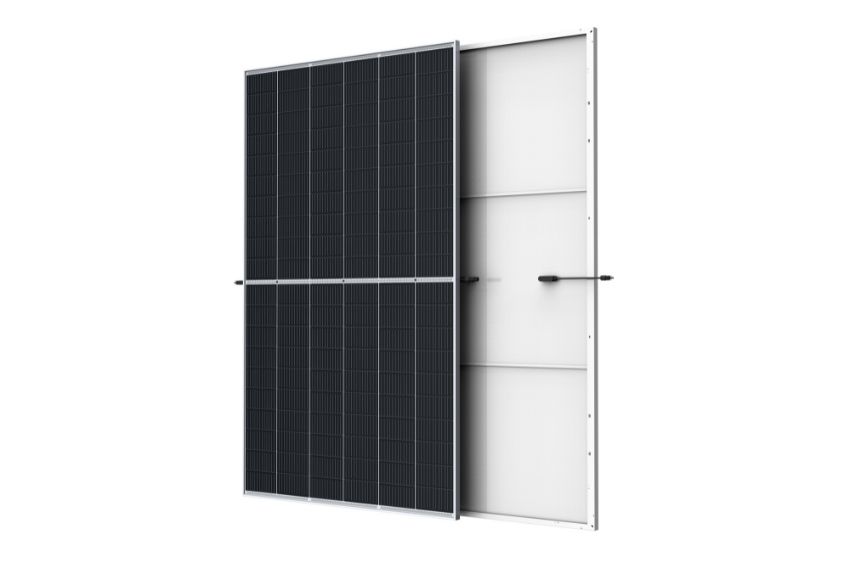Since the launch of the 600 W+ series from Trina Solar, international third-party organizations have evaluated and studied the advantages of BoS (Balance of System) and LCOE (Levelized Cost of Energy) of Vertex modules.
Most recently, Black & Veatch, an independent global solar project services provider, completed a CAPEX and LCOE assessment, comparing new generation ultra-high power 210mm wafer size photovoltaic modules to 182mm wafer size panels. mm, 158 mm and 166 mm.
The results show that, compared to the 166mm 450W module, the 210mm 660W module reduces CAPEX and LCOE by more than 9%. Compared to the 182 mm and 535 W panels, the 210 mm and 660 W panels reduce CAPEX by up to 4,581 TP3T and LCOE by up to 3,941 TP3T.
Additionally, Trina Solar's 480 Wp 158-84 cell layout performs better than the standard 166-72 cell format regarding CAPEX and LCOE savings.
In terms of cost difference, the increased value is mainly due to the reduced BoS values. According to Trina, BoS prices are impacted by module chain length, overall module power, and the number of PV panels required to meet the constant capacity assumption made throughout the hypothetical projects.
“A plan using a panel with a lower power will require more modules and, therefore, will have higher BoS costs, including additional values for cultivated area, location, cleaning and classification, number of racks and cabling, for example,” said the company in note.
The 210-660 W required the fewest modules to reach the project's hypothetical capacity of 100 MWac (125 MWdc), with 88,383 fewer panels needed. This equates to savings of up to 32%, the manufacturer stated.
Compared to 166-450W modules, the Vertex 210–660W achieves additional cost-saving benefits across the board:
- Material BoS: US$1.6 million;
- BoS installation: U$$ 979 thousand;
- Rack and post installation: US$1.8 million;
- Construction indirect: US$1.9 million;
- Administrative and EBT: US$ 1.1 million;
- Total initial cost CAPEX: US$9.6 million.
















